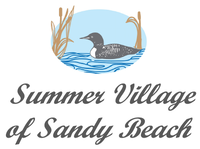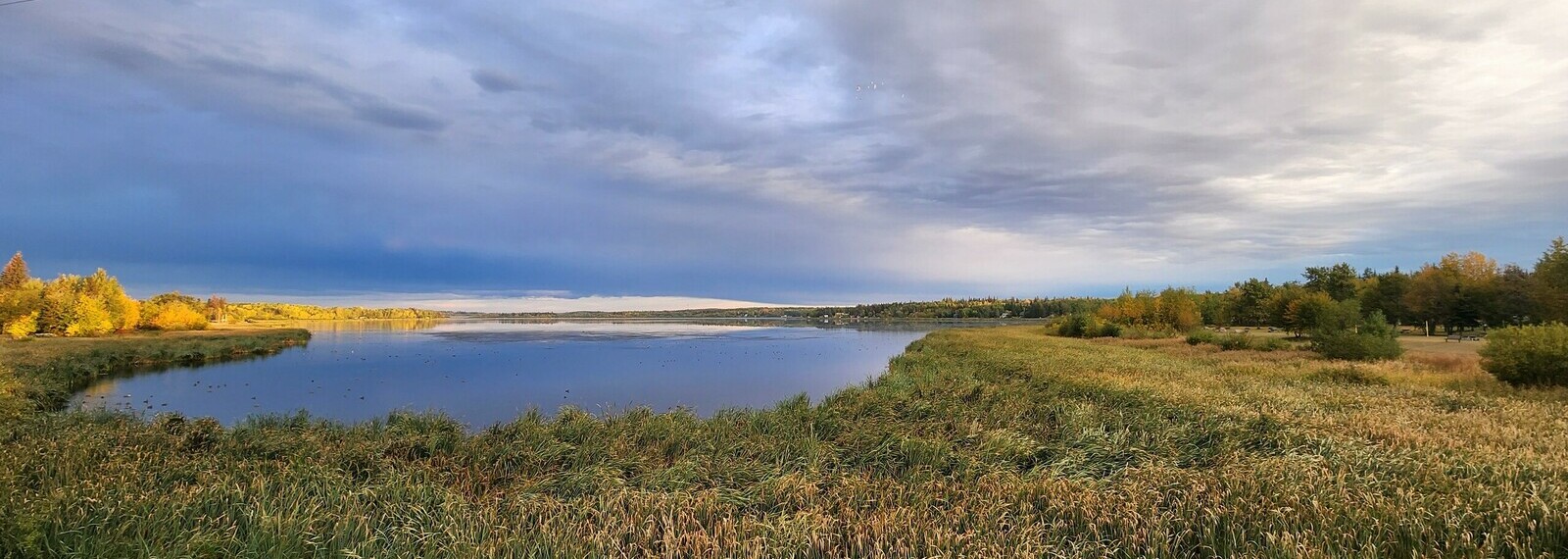Regarding jurisdiction over use of the water, contact Transport Canada. They are the governing body behind boat safety, speed limits etc. You can find their contact information here: https://tc.canada.ca/en/corporate-services/prairie-northern-region
AB Environment
Some of our residents would like to know if for instance bull rush can be removed or whether some level of approval is required?
Some waterfront and semi waterfront holders have the ability to clear vegetation under the new Disturbance Standard, please see here Disturbance standard for temporary seasonal docks and other mooring structures for personal recreational purposes - Open Government (alberta.ca)
Also, what about the extension or building of boat launches – what approvals are required and what are the timelines for these approvals?
Boat launches are different from the temporary, seasonal structures described under the Disturbance standard. They require the submission and approval of a permanent disposition to construct or continue to use them. Info about submitting a DLO application for this purpose can be found here Public Lands Dispositions | Alberta.ca
One of the key questions also for us is the areas between lake property boundaries and the water’s edge or riparian areas – what regulations are in place that control the footprint on these areas and what avenues are available to address the cleaning up of weeds, dead plant material and so forth?
Depends where it is in the summer village, if there is an Environmental reserve or Municipal reserve between private property owners and the lake. The care and control of that property would depend who it is titled to, usually the County or the Summer village. AEP has jurisdiction over the permanent, naturally occurring bed and shore of the lake which is a natural boundary that may change from year to year. Waterfront and semi waterfront holders can clear vegetation in this part of the lake according to the Disturbance Standard I have attached above.
More fact sheets about ownership and shoreline management can be found here Lakeshores | Alberta.ca
Also: what jurisdiction does a municipality have over the use of the water – can it control/restrict the use of jetboats on the actual lake within its municipal boundaries?
I agree with Craig’s info about contacting the federal government on this item.
https://tc.canada.ca/en/corporate-services/prairie-northern-region
More information on lakes
Lakeshores – https://www.alberta.ca/lakeshores.aspx
Shorelands – Approvals and Regulatory Requirements
https://www.alberta.ca/shorelands-approvals-and-regulatory-requirements.aspx
Aquatic Vegetation Removal – https://open.alberta.ca/publications/9780778593799
Respect Our Lakes – https://www.alberta.ca/respect-our-lakes-overview.aspx
Lake Information – https://www.alberta.ca/lake-information.aspx
Flowering Rush is a prohibited, noxious weed that has been introduced into several Alberta water bodies. It is an aquatic plant that grows as an emergent plant along shorelines of both lakes and rivers. Flowering Rush was brought to North America from Europe as a garden plant. This variety will form dense stands which will interfere with recreational lake use. Flowering Rush crowds out our native plants and has the potential to fill in an entire lake if left uncontrolled.
For more information – visit the Lake Isle Lac Ste. Anne (LILSA) website
Lake Water Levels
Looking for information on water levels in Lac St. Anne either historically or in real-time? They can be found here.
Effective immediately, a Temporary Field Authorization (TFA) will be required for placing a mooring structure for personal recreational use in Crown owned bed and shore, for longer than 14 days.
Mooring structures include:
Docks / Piers
Mooring Anchors for Buoys
Boatlifts and Shelters
Swimming Rafts and Wharves
- TFA-aep-user-guide-for-dock-authorizations-2021-04-1
- TFA-aep-application-for-dock-authorizations-application-form
- aep-mooring-disturbance-standard-waterfront-semi-waterfront-property-owners-2021-03
- aep-mooring-disturbance-standard-shared-docks-fact-sheet-2021-03
- aep-mooring-disturbance-standard-moorage-allowance-infographic-2021
- aep-mooring-disturbance-standard-back-lot-property-owners-fact-sheet-2021-03
- aep-disturbance-standard-temporary-seasonal-docks-mooring-structures-2021-04
- Contact-List-for-Dock-Authorizations
For more information contact:
Chris Vierath, RPFT
Senior Lands Officer
Alberta Environment and Parks
Tel 780-778-7108
Events and Info

